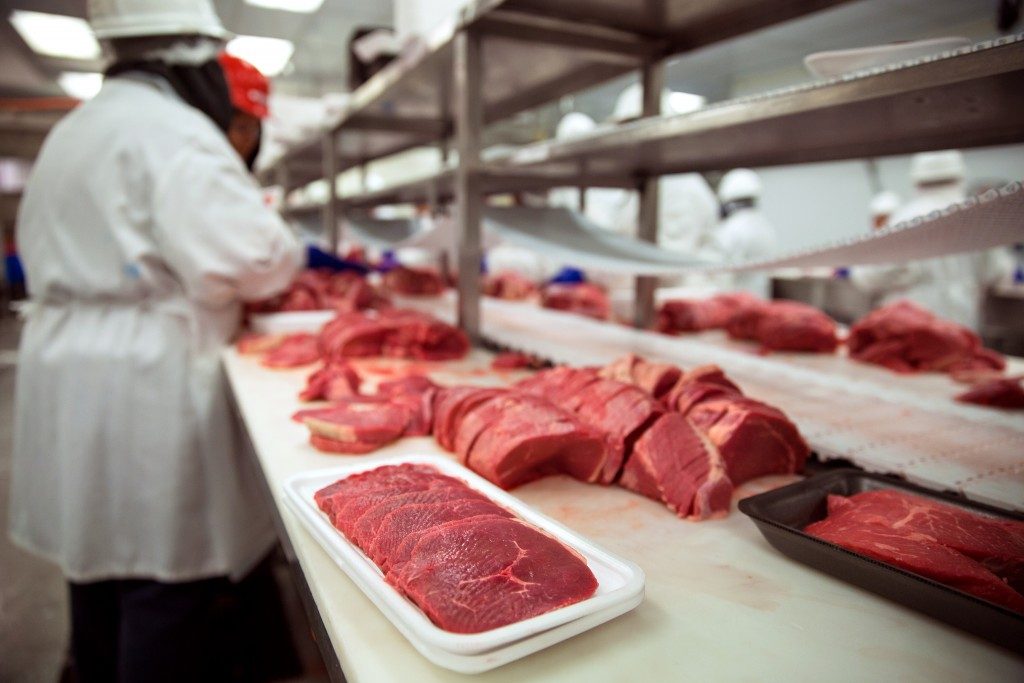Food processing is not a new concept. We have prepared and processed our food since the earliest days of man on earth. Processing our food enables us to provide sustenance for ourselves, so that we can enjoy it for a while.
Humans have been processing food since we have learned how to cook, preserve, ferment, freeze, dry and extract the natural produce around us. Processed food has fueled man since ancient times, with the weather and the elements as their tools for preservation. Our ancestors have frozen meat in ice and have dried food in the sun. It was a key to survival, to extend our rations until the time we need to hunt and gather resources. This enabled man to thrive in a place where resources abound, which lead to the formation of communities.
Food process classification
Today, the transformation of agricultural products into various food forms is what is known as food processing. There are different processes for food to be available for consumption. There are three classifications of food processing:
- The primary process is where agricultural products are turned into something that can be eventually eaten. Like how raw wheat kernels are milled to get flour or butchering livestock for meat.
- The secondary process is turning primary processed products into creating food through cooking methods, such as baking bread or fermenting alcoholic products.
- The tertiary process is the commercial production of what is commonly known as processed food. This may include canned goods and instant meals. This introduced the era of industrialization, which means that processing food involves heavy machinery and automation for mass production. Common in factories and manufacturing plants, food-grade oil transfer pumps and other types of pumps are used to make food processing faster.

Methods of processing
Aside from classifications, here are other methods of food processing:
- Canning – Food is packed and stored in airtight cans and is heated to high temperature.
- Fermentation – This is the breakdown of sugars in food commonly used in the production of alcoholic beverages such as wine, beer, and cider. Fermenting is also used for preserving foods such as sauerkraut, dry sausages, and yogurt. Bread making also uses fermentation through yeast.
- Modified atmosphere packaging – It extends the shelf life of fresh produce, like fruits, vegetables, meat, and seafood. The air inside a package is substituted by a mix of protective gas such as oxygen, carbon dioxide, and nitrogen.
- Pasteurization – Used to kill microorganisms that can affect the quality of food. This is done by heating the food and quickly cooled down. Widely used in dairy products to eliminate harmful bacteria that cause foodborne diseases. It is also used in the preservation of canned goods, juices, and alcoholic beverages.
- Smoking – A preservation method by heating and chemical treatment of food by exposing it through smoke from wood. Commonly used in preserving meat, sausages, fish, and cheese.
- Additives – Food additives are used to ensure food safety and quality for the shelf life of the product. Emulsifiers and antioxidants are a few examples of additives. These chemicals do not alter the effectiveness of the product, but instead helps prevent it from going bad.
Food processing can be chemical or mechanical. We have been preserving our food for ages, and modern processes help our food to last longer without affecting its quality.

